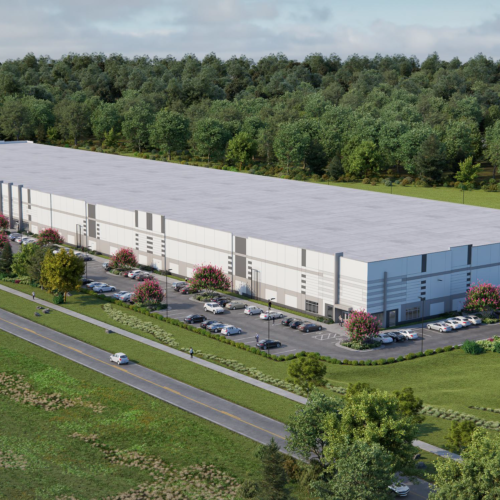Where’s the Tenant Demand?
April 28, 2015

By Gary Chesson, Founding Partner
Over the last year in the Carolinas, we’ve seen inconsistencies in the level of tenant demand in our office markets. In Raleigh, office demand has been decent, but far from heated by traditional standards, and in Charlotte, we’ve had areas of good leasing activity, but we’ve also experienced periods of very slow demand, with enough slowdown to cause us to ask ourselves, “Where’s the tenant demand?”
It’s hard to complain about current market conditions. We have experienced terrific rental rate growth in both Carolinas markets, and property-level fundamentals are fairly solid. Class A office vacancies are low again, and Class B assets are getting some traction. Capital markets activity has pushed asset pricing past pre-2007 levels for CBD office, and near 2007 levels for suburban office. In Charlotte, tenant demand and leasing activity has been strong in some suburban pockets, but much slower in others, and has been very slow in our CBD lately. In Raleigh, fueled by the technology sector, tenant demand and leasing activity have been more consistent but still haven’t been on fire.
Despite the positive trends we’ve experienced, we get the sense that there’s a governor on the tenant demand engine. We know the level of tenant demand is tied directly to the number of jobs being created regionally and nationally. The March 2015 jobs report is a lagging indicator of what we’ve recently experienced, and hopefully not a leading indicator of what’s to come. The Labor Department reported that the US economy added only 126,000 jobs in March, down substantially from analysts’ predictions of 247,000 jobs, and February’s increase of 295,000 jobs added. Fortunately, all other labor market indicators suggest that market conditions are fairly strong, and we need to remind ourselves that we did experience strong job growth in 2014.
Is it feeling slow in some areas because virtually all of the Class A office space is leased, leaving only the lower quality Class B for our supply? As is always the case, the best office properties have continued to win more than their fair share of absorption. In the suburbs, office assets that boast the highest scores on Trinity’s five indicators of office performance are thriving. Those assets that lack one, two, or more of the drivers of office demand continue to lag the rest of the market, and always will. While the urbanization trend in office has tempered investor appetite for suburban office space in general, the top third of the suburban asset class continues to perform at very high levels.

Speaking of urbanization, our CBD markets are thriving, albeit with recent tepid tenant demand. In Raleigh, the smallish CBD is adding office product and is transitioning from an eight-hour CBD to a twelve-hour city, with improved amenities and more residential options for downtown living. In Charlotte, in recent years, we’ve been making the transition to an 18-hour downtown. Charlotte’s CBD is the hub of our city, anchored by light rail, an already significant residential population, a second round of high-rise residential tower development, the NBA, the NFL, and minor league baseball. Our CBD office market continues to be anchored by the presence of Bank of America, Duke Energy, Wells Fargo, and a thriving multi-tenant office community.
It’s fair to ask why investors continue to invest heavily in the Carolinas and the Southeast, even when property-level fundamentals have been inconsistent. Here’s why: From 1910 through 1970, each of the four regions of the United States roughly grew at the same clip. But from 1970 through 2010, the Southeast alone absorbed 50% of the population growth in the United States. And from 2010 through 2013, the US Census shows us that the Southeast captured 52% of our country’s total population growth. This growth was led by Texas, followed closely by North Carolina and Georgia.
The Charlotte and Raleigh metropolitan areas are changing rapidly, and it’s exciting to be a part of this rising tide. We’ll certainly see ebbs and flows monthly, and even annually. For now, we will continue to evaluate market data and conditions as our economic recovery continues.



